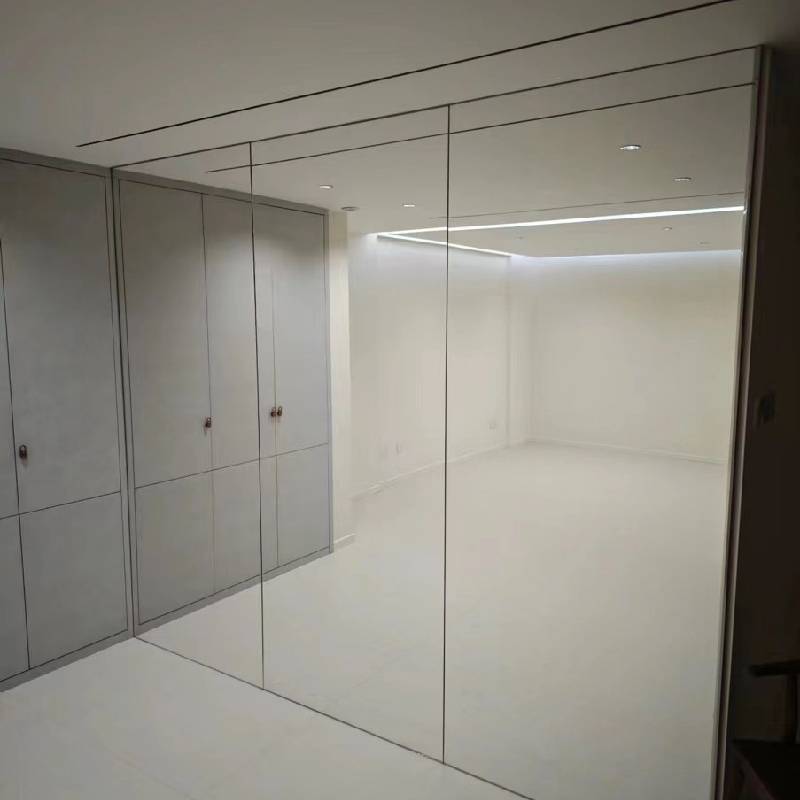

Low Emittance Glass A Game Changer in Energy Efficiency
In an era where energy conservation and environmental sustainability are at the forefront of global discussions, the advent of low emittance glass marks a significant advancement in building materials
. This innovative glass technology is designed to enhance energy efficiency in residential and commercial buildings by reducing heat transfer, thereby contributing to more sustainable living and reduced energy costs.Low emittance (low-e) glass features a special coating that reflects infrared radiation while allowing visible light to pass through. This unique characteristic is instrumental in maintaining comfortable indoor temperatures. In colder climates, low-e glass retains heat within the building, ensuring that heating systems don’t have to work as hard. Conversely, in warmer climates, it helps block unwanted heat from entering the space, reducing reliance on air conditioning systems. The result is a balanced indoor environment that promotes energy savings throughout the year.
One of the primary benefits of low-emittance glass is its ability to significantly reduce energy consumption. According to studies, buildings equipped with low-e glass can save up to 30% to 50% more energy compared to those using standard glass. This reduction not only translates to lower utility bills for occupants but also decreases the building’s overall carbon footprint. As the world grapples with the impacts of climate change, implementing low-e glass becomes a proactive approach for developers, architects, and homeowners aiming to comply with increasingly stringent energy efficiency regulations.

Moreover, low-e glass does not compromise aesthetics. Available in various finishes and styles, it can be utilized in a plethora of building designs without sacrificing the visual appeal. The clear yet sophisticated nature of low-e glass allows for abundant natural light to flood into spaces, creating bright, inviting environments that enhance occupant well-being. This is particularly important in urban areas where natural light may be scarce.
The benefits of low-emittance glass extend beyond just energy savings and visual aesthetics. The reduction in energy consumption also contributes to a decrease in the demand for fossil fuels, thereby supporting efforts toward a more sustainable energy future. Additionally, low-e glass can enhance indoor comfort by reducing glare and maintaining a more stable indoor temperature, which is particularly beneficial in office environments where productivity is often linked to comfort levels.
As technology progresses and the importance of energy-efficient solutions becomes ever more critical, low-emittance glass stands out as an ideal choice for architects and builders aiming to construct buildings that are not only sustainable but also economical. With increasing recognition of its advantages, the adoption of low-e glass in both new constructions and retrofitting projects is likely to rise.
In conclusion, low emittance glass represents a formidable advancement in building materials, promoting energy efficiency while maintaining aesthetic qualities. As the push for sustainability continues, incorporating this technology can be a vital step toward achieving a greener, more economically feasible future in construction. Embracing low-e glass is not just a choice for today but an investment in a sustainable tomorrow.